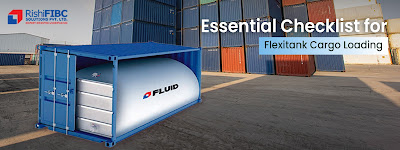ISO Tank vs. Flexitank: Choosing the Right Solution for Bulk Liquid Transport
When it comes to transporting bulk liquids, two popular options are ISO tanks and flexitanks. Each has its unique advantages, making them suitable for different applications, particularly in the food and beverage industries, including wine transport.
ISO Tanks are stainless steel containers designed for the safe transportation of hazardous and non-hazardous liquids. They are built to withstand high pressures and are often used for chemicals, oils, and other sensitive materials. Their rigid structure offers exceptional protection and can be reused multiple times, making them a sustainable choice. However, ISO tanks require specialized handling equipment and often incur higher shipping costs due to their weight and bulk.
On the other hand, Flexitanks are flexible containers made from durable materials such as polyethylene and polypropylene. They are designed to fit inside standard shipping containers, maximizing space utilization. Flexitanks are lightweight, which reduces shipping costs significantly, and they are ideal for transporting a variety of liquids, including food-grade products like wine. One of the key benefits of flexitanks is their ease of use—loading and unloading are straightforward processes that can save time and labor.
Additionally, flexitanks create an airtight environment that helps preserve the quality of the liquid during transit, making them particularly advantageous for sensitive products like wine, where temperature and contamination are crucial concerns.
In conclusion, the choice between ISO tanks and flexitanks depends on your needs. ISO tanks may be the way to go if you require high durability and transport hazardous materials. However, flexitanks offer an ideal solution for cost-effective, efficient, and quality-sensitive transportation, particularly for food and beverage products.




Comments
Post a Comment